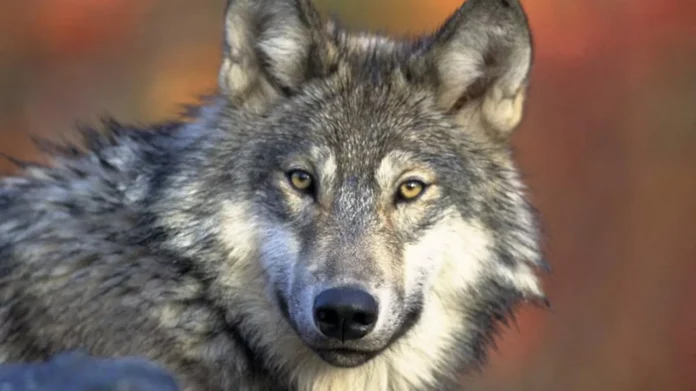The majestic gray wolf, a symbol of strength and resilience, has been making a comeback in California after being nearly eradicated from the state in the early 20th century. While this is a cause for celebration for conservationists and nature enthusiasts, it has also been a source of concern for cattle ranchers. A recent report published by the University of California, Davis has shed light on the impact of the growing gray wolf population on California’s cattle operations, revealing millions of dollars in losses for ranchers.
The report, released on Monday, highlights the significant financial burden that ranchers face due to the introduction of each new wolf in the state. According to the research, the expenses related to growth and pregnancies caused by the presence of a single wolf can amount up to a staggering $162,000. This has caused a major disruption in the traditional way of life for many ranchers, who have been struggling to cope with these unexpected expenses.
The gray wolf, also known as the timber wolf, was once a common sight in California, roaming freely in the state’s vast wilderness. However, due to hunting and habitat destruction, their population dwindled to just a handful by the early 1900s. In 1924, the last known gray wolf in California was killed, marking their extinction in the state. But in 2011, a lone gray wolf known as OR-7 crossed the Oregon border into California, becoming the first confirmed wolf sighting in the state in nearly 90 years.
Since then, the gray wolf population in California has been steadily increasing, with the latest count estimating around 150 wolves in the state. This growth has been mainly attributed to the natural dispersal of wolves from neighboring states and the successful breeding of established packs. While this is a positive sign for the species, it has created a new set of challenges for ranchers who have to deal with the consequences of coexisting with wolves.
One of the major issues faced by ranchers is the loss of livestock due to wolf predation. The report revealed that from 2015 to 2020, wolves were responsible for the deaths of 139 cattle and 365 sheep in California. This not only results in a direct loss of income for ranchers but also adds to the cost of implementing preventive measures to protect their livestock. These measures include the use of guard dogs, electric fencing, and hiring range riders to monitor the herds. All of these come at a significant cost to ranchers, who are already struggling to make ends meet.
Apart from the financial burden, the presence of wolves has also led to an increase in stress and anxiety among ranchers. Many have reported sleepless nights, constantly worrying about the safety of their livestock and the future of their livelihoods. This has taken a toll on their mental health, causing immense emotional distress and affecting their overall well-being.
However, the report also highlights the efforts being made by ranchers to coexist with wolves and mitigate the negative impacts. Many have implemented non-lethal methods, such as using fladry (a type of flagging) and range riders, to deter wolves from their herds. These methods have shown promising results in reducing wolf-livestock conflicts and have been praised by conservationists as a humane way of coexisting with wolves.
The University of California, Davis report also emphasizes the need for collaboration between ranchers, conservationists, and government agencies to find sustainable solutions to the challenges posed by the growing wolf population. It suggests the implementation of compensation programs for ranchers who experience losses due to wolf predation and the establishment of a dedicated team to provide technical assistance and support to ranchers.
Despite the challenges, the return of the gray wolf to California is a remarkable conservation success story. It is a testament to the resilience of nature and the efforts of conservationists to restore balance to our ecosystems. The presence of wolves in the state has also brought attention to the importance of coexisting with wildlife and finding ways to mitigate conflicts. With continued efforts and collaboration, we can ensure the survival of both wolves and ranchers in California.
In conclusion, the expansion of gray wolf populations in California has brought about significant changes to the state’s cattle operations, leading to millions of dollars in losses for ranchers. However, with the right strategies and support, we can find ways to coexist with these magnificent creatures and protect both our livestock and our natural heritage. Let us work together to find solutions that benefit both wolves and ranchers

